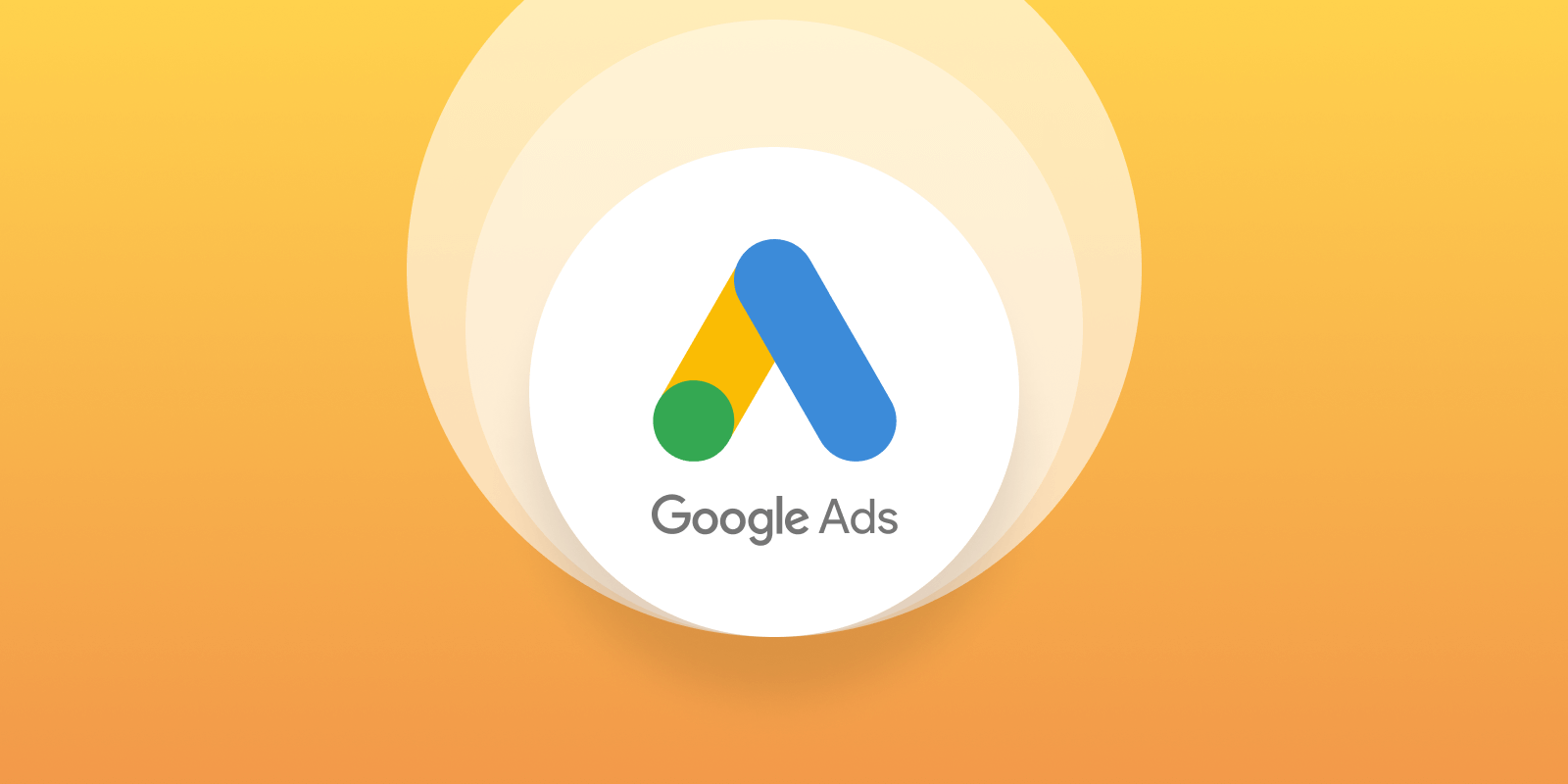
Google Ads
Google Ads, formerly known as Google AdWords, is an online advertising platform developed by Google that allows businesses to create and run ads on Google's search engine results pages (SERPs), as well as on other Google properties like YouTube, Gmail, and the Google Display Network. Google Ads operates on a pay-per-click (PPC) model, where advertisers bid on keywords and pay for ad placements when users click on their ads. Here's an overview of Google Ads and its key components:
Google Ads offers various campaign types to suit different advertising goals and objectives. The main campaign types include Search Campaigns (text ads displayed on Google search results), Display Campaigns (image and video ads displayed on websites within the Google Display Network), Video Campaigns (ads displayed on YouTube), Shopping Campaigns (product listing ads for e-commerce businesses), and App Campaigns (ads to promote mobile apps).
Keyword targeting allows advertisers to choose relevant keywords and phrases related to their products or services for their ads to appear in Google search results. Advertisers bid on keywords through an auction-based system, and ad placements are determined based on factors such as bid amount, ad quality, and relevance to the user's search query.
Google Ads supports various ad formats to help advertisers create compelling and engaging ads that attract users' attention. Ad formats include text ads (with headlines, descriptions, and display URLs), image ads (static or animated images), video ads (played before, during, or after YouTube videos), responsive ads (automatically adjust size and format to fit available ad space), and shopping ads (product images, prices, and details).
Ad extensions are additional pieces of information that can be added to text ads to provide more context and encourage user engagement. Common ad extensions include sitelink extensions (additional links to specific pages on the advertiser's website), callout extensions (highlighting key benefits or features), location extensions (displaying the business address and map), call extensions (adding a phone number for users to call directly from the ad), and structured snippet extensions (showcasing specific aspects of the products or services).
Audience targeting allows advertisers to reach specific groups of users based on demographics, interests, behaviors, and other criteria. Google Ads offers various audience targeting options, including demographic targeting (age, gender, household income), affinity and in-market audiences (based on interests and purchase intent), remarketing (targeting users who have previously visited the advertiser's website or interacted with their ads), and custom audience lists (created from customer data or website visitors).
Advertisers set a daily budget for their Google Ads campaigns, specifying the maximum amount they are willing to spend per day. They also determine their bidding strategy, which determines how bids are adjusted to maximize the performance of ads. Bidding strategies include manual bidding (setting bids manually for more control), automated bidding (allowing Google's algorithms to adjust bids based on performance goals), and target CPA (cost-per-acquisition) or ROAS (return on ad spend) bidding.
Google Ads provides robust reporting and analytics tools to track the performance of advertising campaigns and measure key metrics such as clicks, impressions, click-through rate (CTR), conversion rate, cost-per-click (CPC), and return on investment (ROI). Advertisers can use this data to optimize their campaigns, refine targeting, adjust bids, test ad creatives, and improve overall campaign performance.
Quality Score and Ad Rank are metrics used by Google to determine the positioning and visibility of ads in search results. Quality Score is a measure of the relevance and quality of ads, keywords, and landing pages, while Ad Rank determines the order in which ads are displayed and how much advertisers pay for clicks. Higher Quality Scores and Ad Ranks lead to better ad positions and lower CPCs, incentivizing advertisers to create high-quality, relevant ads that provide value to users.